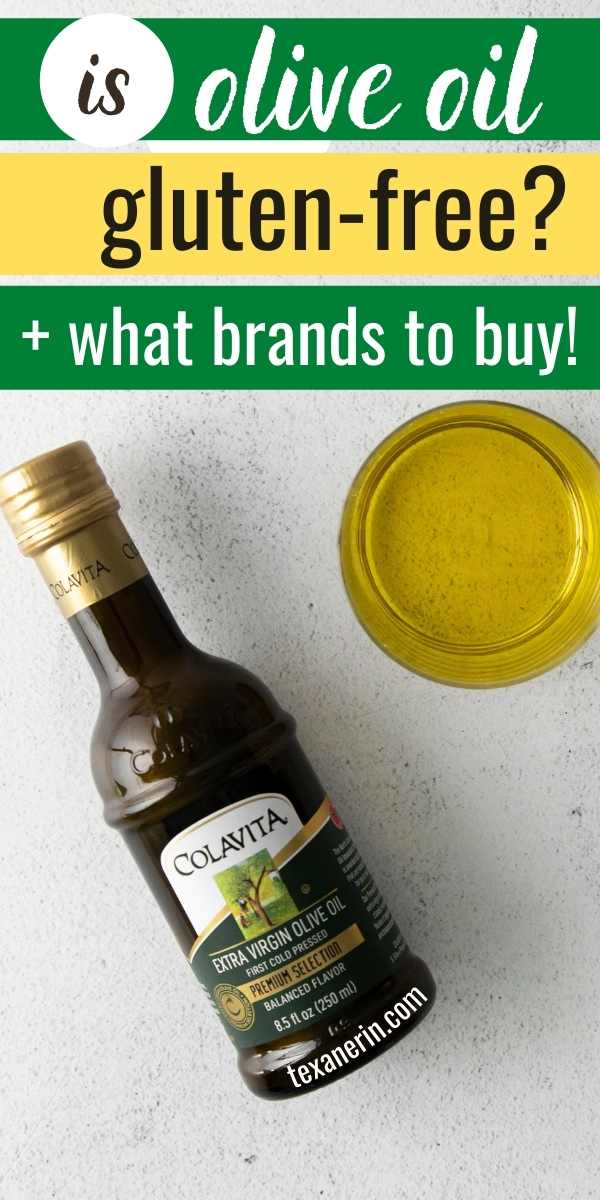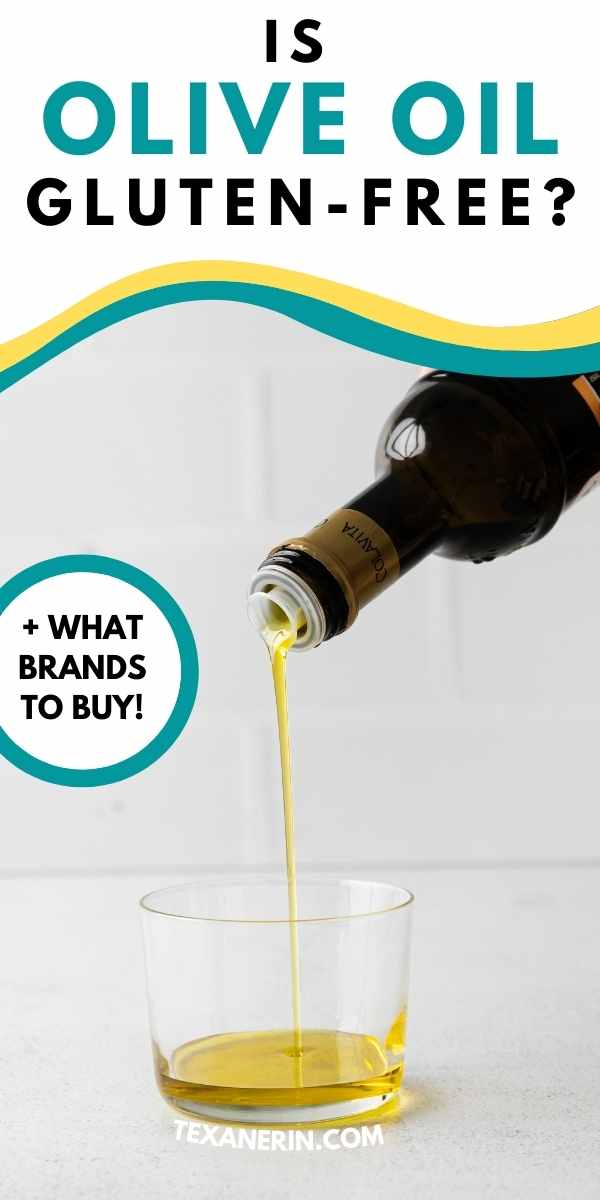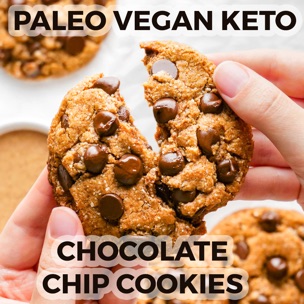Is olive oil gluten-free? Yes, it is! But there are a few exceptions. I’ve included a list of gluten-free olive brands that should be safe for everyone.
Olive oil, whether it’s light, regular or extra-virgin, should just contain the oil of olives. Nothing else.
Because of that, olive oil is naturally gluten-free. The only issues could be:
- Flavored or infused olive oils
- Cross-contamination
Flavored olive oils
Even flavored and infused olive oils are also usually gluten-free, but you always need to read the label.
Some smoke-flavored olive oils used barley as a component or their natural smoke flavoring. So if you see natural smoke flavoring listed in the ingredients, check with the manufacture to see if they use barley for that flavoring.
If they do – stay away!
Cross-contamination
Since olive oil is naturally gluten-free, you might think that any brand will do. And for a lot of gluten-sensitive people, that’s probably true. But if you’re extremely sensitive to gluten, you need to take cross-contamination into consideration.
Although olive oil is gluten-free, it could be manufactured and packed in a facility that produces gluten-containing products. Or it could even be processed using the same equipment as gluten products.
The problem is that that equipment may or may not be cleaned when they switch from product to product. This could possibly lead to cross-contamination.
So that’s why some companies go to the trouble of testing their products for gluten.

Difference between certified and labeled gluten-free?
To be certified gluten-free, products are required to contain less than 10ppm of gluten. If you’re extremely sensitive to gluten, you might want to look out for this seal on any products you buy.
There are five different seals and they all say GF or gluten-free certified (or certification) on them.

The last two belong to the same certification program. You can see the one in all black on some products that haven’t changed their packaging recently. The new one is on the right (the last one in the photo).
For products to legally be labeled gluten-free in the United States, they must first meet the requirements of the FDA of being less than 20ppm gluten. When products are tested to be less than 20ppm gluten, they may be labeled as such.
20ppm is still considered to be safe for celiacs.
Just like getting organic certification, it costs a lot of money to become gluten-free certified. And companies have to pay that fee yearly. So perhaps that’s why some companies don’t go the extra mile.
Companies that are in a dedicated facility might also feel like it’s not needed as there really shouldn’t be any gluten floating around.
Gluten-free olive oil brands
This information is true at the time of writing in January 2022, but things can always change! Check your labels.
- Jovial – this one is made in a dedicated facility that’s free from tree nuts, peanuts, soy, dairy, eggs, wheat, fish, shellfish, and corn. So there should be no traces of gluten whatsoever.
I can’t find any evidence that this one is certified gluten-free, other than one blogger saying all of Jovial’s products are certified gluten-free. I’m only seeing that some of their products are. But I’d still feel 100% safe with this considering it’s produced in a wheat-free facility. - Bioitalia – certified gluten-free.
- Palermo Olive Oil – certified gluten-free.
- Vioni – certified gluten-free. Google wanted to autocorrect this one to Violi! Vioni does exist and you can find it here on their website. But it seems like it’s only available in Canada?
- Filipp Berio Olive Oil – labeled as gluten-free.
- Mary Ruth Organics – labeled as gluten-free.
- Bariani – made in a gluten-free facility.

What about Bertolli?
According to their website, “There is no gluten in our olive oils. They are 100% olive oil.”
Unfortunately, they don’t test for gluten in the olive oil, and that’s why they’re not labeled as gluten-free.
Gluten-free olive oil recipes
I have 430 gluten-free recipes, with many of them using olive oil.
- Molasses Cookies
- Spicy Potato Wedges
- Gluten-free Chocolate Cupcakes
- Air Fryer Butternut Squash
- Avocado Pesto
Baking with olive oil
I love baking with it, especially chocolate and heavily spiced treats that cover up the olive taste. Note that if you taste the batter, the olive oil flavor will be strong.
When it comes out of the oven, you can still taste the olive oil.
But once it’s cooled, the olive oil taste disappears. This is true at least when using regular extra-virgin olive oil. You don’t want to use extremely expensive and flavorful olive oil in your baking. It’s a waste.
It’s much better to use that stuff as a finishing oil. Or in pasta, such as in this Lemon Garlic Pasta!
I hope I’ve answered your question on whether olive oil is gluten-free or not! If you have any other questions, feel free to leave them below and I’ll be happy to answer. :)


